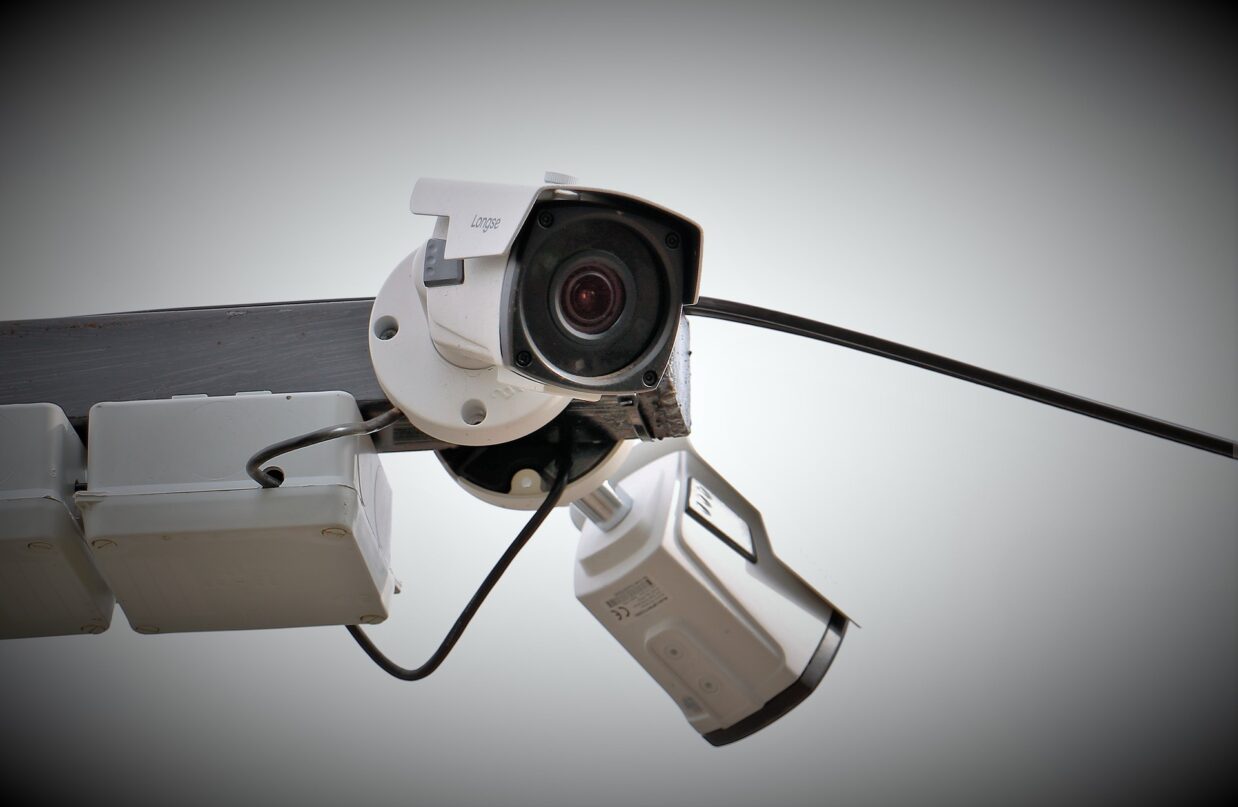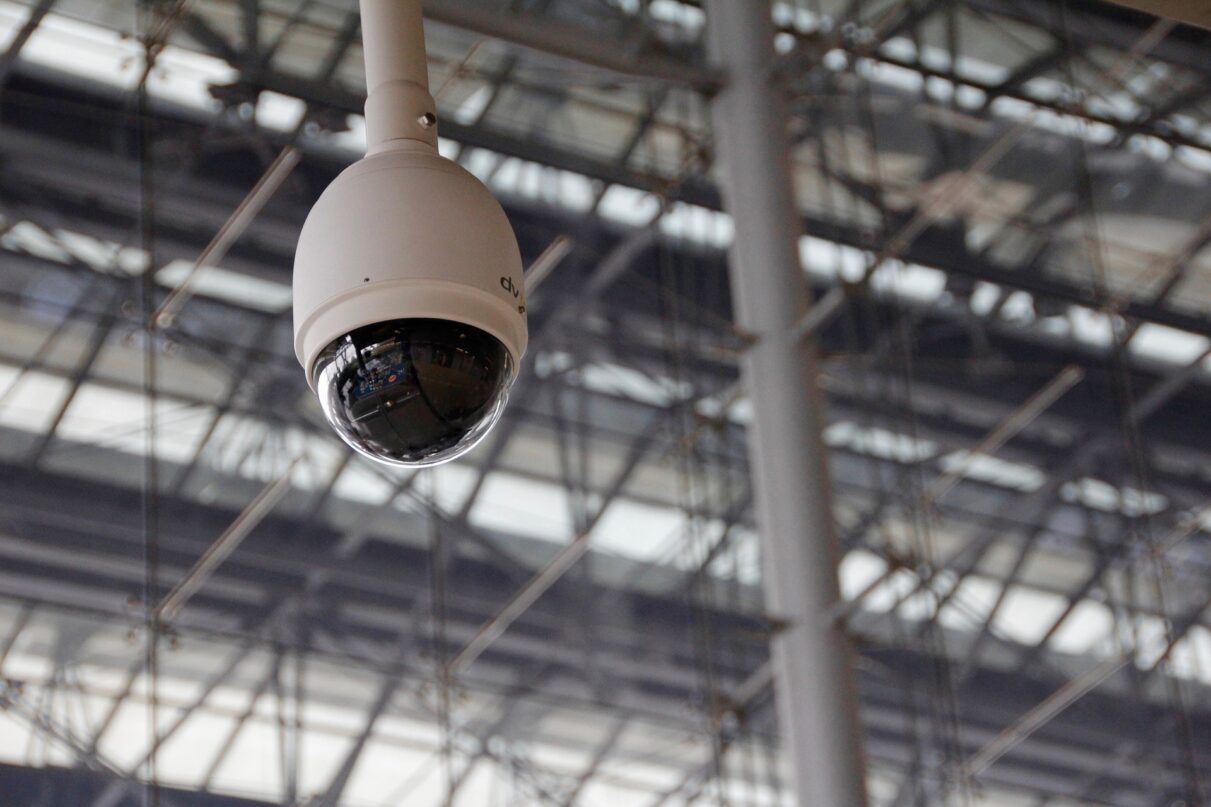Until recently, most security teams considered physical access control and video surveillance systems to be more or less completely separate entities. Artificial intelligence, machine learning, and the popularization of smart devices have changed all that. Now, even relatively rudimentary physical security systems offer, at a minimum, integration options for video surveillance, alarm systems, and RFID technology.
The problem is that many businesses are still relying on separate software solutions pieced together through a series of integrations. This approach is better than the complete separation of different functions that was seen in the past, but it’s a long way from perfect. Read on to find out why unified security systems offer a better option.
What Is a Unified Security System?
Fully unified security systems allow all of the different components of the system to be accessed from a central database. They often include not just physical access control systems, video surveillance, and burglar alarms but also radio frequency identification (RFID) for inventory control, license plate readers, and advanced data analytics programs. All of the information collected by these and other security technologies can be accessed from the same central monitoring dashboard.
How Is Unified Security Different from Integrated Systems?
Integrated security systems are certainly a step above completely separate components. However, they don’t go as far as unified security systems when it comes to making full use of data and allowing authorized users to get a full picture of what’s going on in the building.
Integrated systems still feature multiple software solutions and associated hardware devices from different vendors. Each of these programs offers some level of shared data and access with the others, but security personnel still need to learn multiple systems and use several dashboards to access the full range of information available.
Unified security systems are different. They offer all of the same essential features but are produced as one software solution with a single dashboard and universal functionality. Instead of cobbling together different software solutions with the help of an IT team, training personnel on how to use all of them, and keeping each separate system up-to-date, security teams can simplify their operations significantly by unifying everything.
Improvements in Physical Access Control
Physical access control remains one of every business’s most important challenges. Authorized staff need to be able to get in and out of the building and move around it more easily to ensure that everyone can work efficiently. However, that efficiency can’t come at the expense of security, which means effective access control remains a top priority.
An integrated security system makes it easier to prevent unauthorized access to the building and its physical infrastructure in addition to preventing intrusions into its data networks by cyber criminals. From simple burglar alarms to advanced intrusion detection systems that use machine learning to enable the identification of strangers vs. approved staff and visitors, security personnel will have access to everything required to prevent criminals from gaining access. The ability to remotely control access to certain parts of the building adds an extra level of both security and convenience, and comprehensive video surveillance ensures that nothing is missed.
Make the Switch ASAP
Businesses that are still relying on cobbled-together software solutions to keep their buildings safe need to get along with the times. Today’s criminals are becoming increasingly advanced. Commercial security systems need to keep up.


